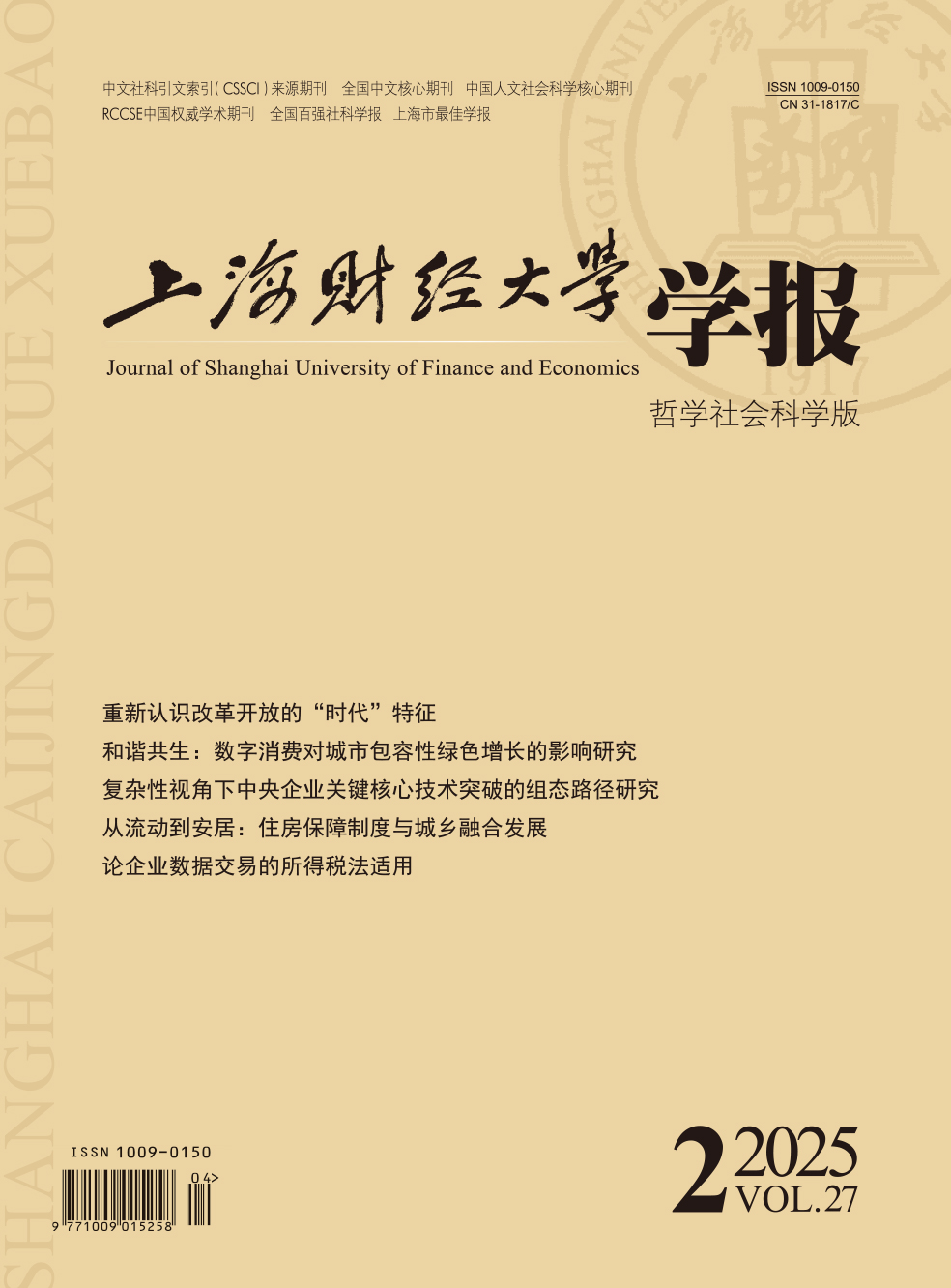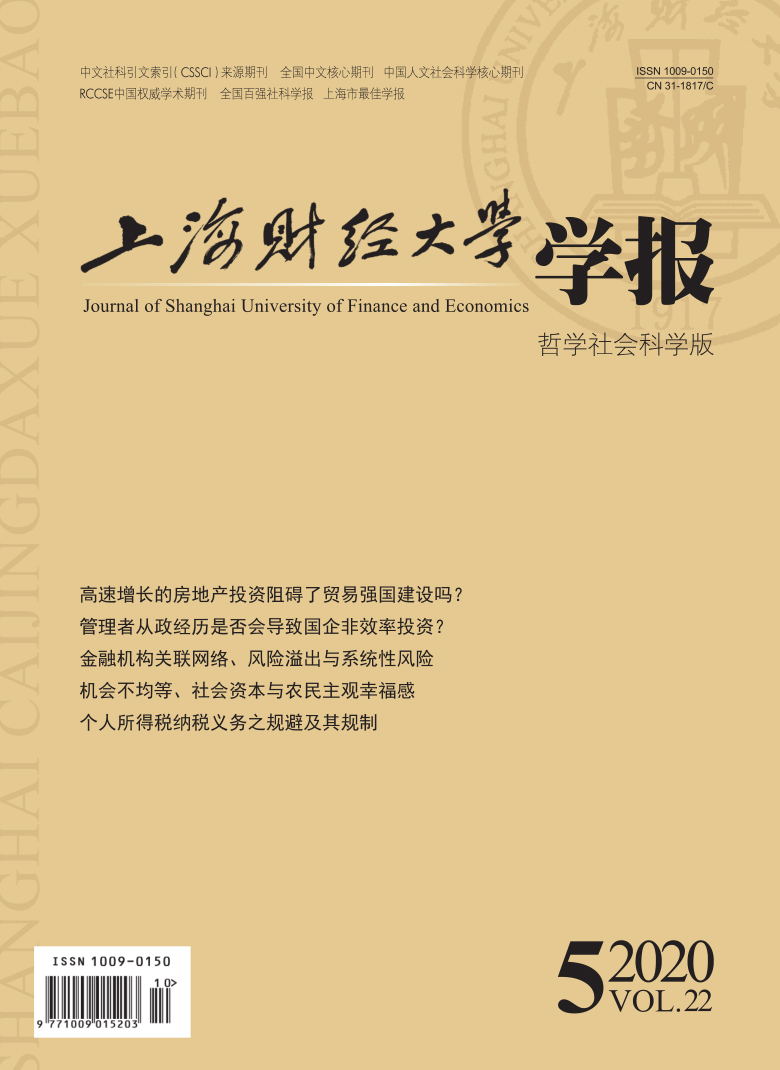Systemic risk is closely related to the risk contagion of financial institutions. The risk of a single financial institution will spread among financial systems through the complex incidence network among financial institutions, and lead to the outbreak of crisis. However, the risk contagion paths of different financial institutions are different, and the degree of impact is significantly different. The research of using the reduced-form approach mostly focuses on measuring the risk level of a single institution in the system, but there is relatively little literature on the measurement of risk spillover level among financial institutions and different types of financial sectors. The existing research for complex network model analysis is still focused on the construction of multiple symmetric correlation matrix, and the analysis of financial institutions through the construction of asymmetric correlation matrix is still a small number. Based on the classification of commercial banks, securities companies, insurance institutions and other types of financial institutions, this paper measures the impact of specific financial institutions on systemic risk from the perspective of risk spillover degree of financial institutions. Then, according to the nonparametric Granger causality test, the incidence matrix of financial institutions is constructed, and the financial institutions are used as nodes to depict and describe the incidence network indicators and network center properties of financial institutions. At the same time, the risk area is divided by combining the risk spillover index and the input/output value of financial institutions, so as to clearly identify the vulnerability of risk tolerance and the infectivity of risk transmission of financial institutions, in order to judge the risk prevention core and the key of targeted measures. The empirical results show that banking financial institutions are the core of China’s financial incidence network, and they have high stability. Securities financial institutions are at a high level in the level of systemic risk spillover and the degree of financial network connection, and they are the key sectors for China’s systemic risk prevention. The vulnerability and infectivity of different financial institutions are different, and the vulnerability and infectivity of the same financial institution are also different. The increase of capital scale does not mean the increase of risk contagion and vulnerability. Therefore, the risk identification of financial institutions should be comprehensive, not limited to a single standard. On the basis of focusing on the scale of financial institutions, combined with the direction, path and degree of risk impact of specific financial institutions, the risk prevention core is determined. At the same time, according to the different characteristics of risk vulnerability and risk contagion of financial institutions, we should implement targeted regulatory measures.
 / Journals / Journal of Shanghai University of Finance and Economics
/ Journals / Journal of Shanghai University of Finance and EconomicsJournal of Shanghai University of Finance and Economics
LiuYuanchun, Editor-in-Chief
ZhengChunrong, Vice Executive Editor-in-Chief
GuoChanglin YanJinqiang WangWenbin WuWenfang, Vice Editor-in-Chief
Incidence Network, Risk Spillover and Systemic Risk of Financial Institutions
Journal of Shanghai University of Finance and Economics Vol. 22, Issue 05, pp. 64 - 78 (2020) DOI:10.16538/j.cnki.jsufe.2020.05.005
Summary
References
Summary
Cite this article
Zhang Ailian, Zhang Yang. Incidence Network, Risk Spillover and Systemic Risk of Financial Institutions[J]. Journal of Shanghai University of Finance and Economics, 2020, 22(5): 64-78.
Export Citations as:
For
ISSUE COVER
RELATED ARTICLES




 5734
5734  10198
10198

